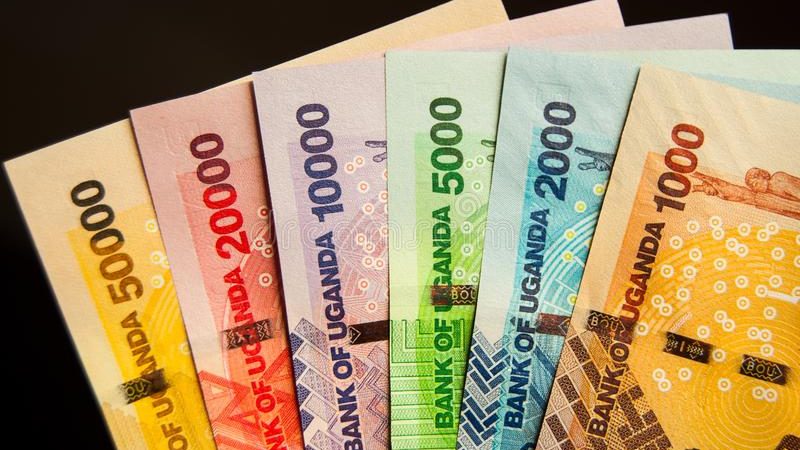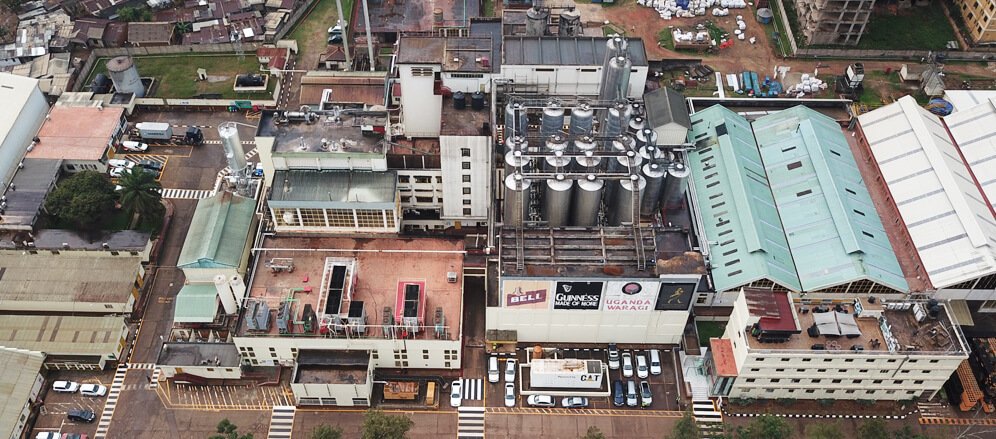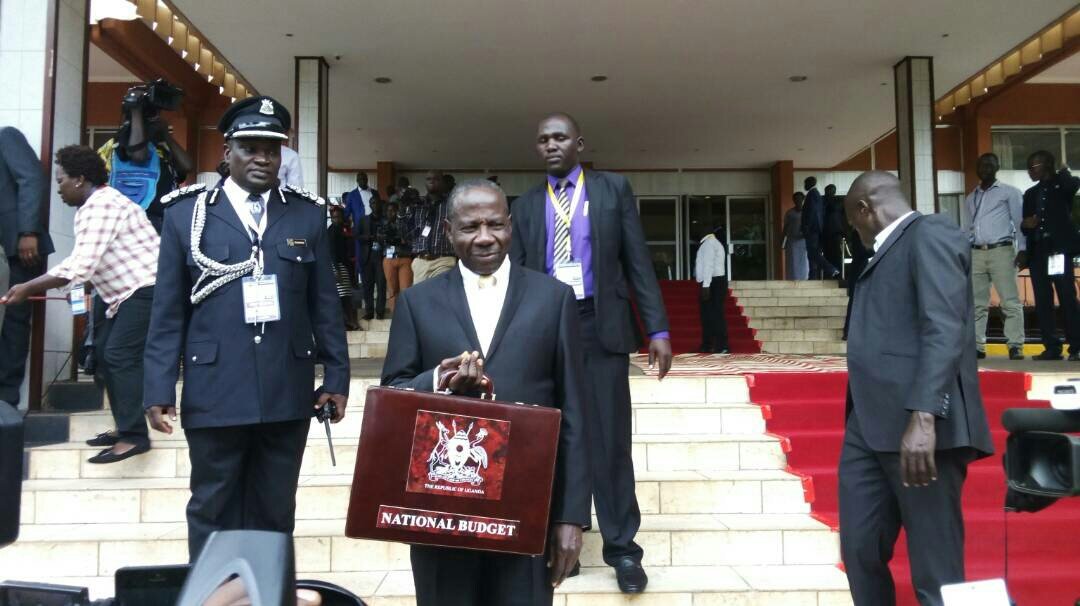The shilling was largely stable during the week trading within a narrow range of 3670-3785 area. Both dollar inflows and outflows squared off during the period. Most corporate entities opted to reserve their shilling reserves to clear mid-month tax obligations. We expect the currency to continue trading range bound between 3660 – 3700 levels in the near term.
Richard Nsubuga, Trader CIB Markets Absa Bank Uganda says Money markets were liquid during the week prompting the Central Bank to mop-up excess liquidity from the interbank market at 9.75%. Relatedly the excess liquidity triggered a dip in yields on the 182-day and 364-day treasury bill maturities on Wednesday.
“The 91-day, 182-day, and 364-day maturities cleared at 10.384%, 14.001%, and 15.002% respectively compared to 10.384%, 14.491%, and 15.503% which were printed on the 29 Jan auction. The market saw some offshore buyers which triggered activity across the government yield curve,” he said.
The dollar declined on Thursday after President Donald Trump directed his administration to explore reciprocal tariffs on countries with unfair trade practices, although the tariffs would not be implemented immediately.
The delay in action helped ease fears of immediate retaliatory measures, which had sparked inflation concerns and uncertainty over the Federal Reserve’s ability to cut borrowing costs. The dollar index was seen trading at 106.88 on Friday morning following the stories.
He said Gold gained value during the week rising to $2,930 per ounce on Friday, heading towards a seventh consecutive weekly gain, as U.S. tariff policies continued to drive safe-haven demand.
The West Texas Intermediate, WTI crude oil futures traded around $71.54 per barrel on Friday, supported by rising fuel demand and a delay in President Donald Trump’s tariff plans.
















